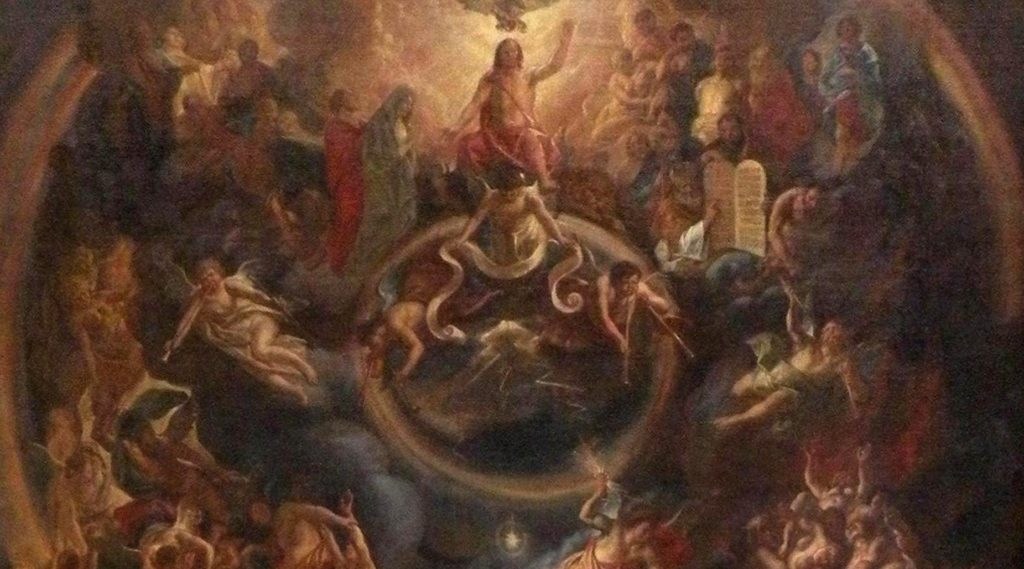The Flemish government has announced plans for the creation of a Museum of Flemish History, but it will be in virtual form rather than a solid establishment.
Discussions have been going on for some time now, in the more rarefied salons of politics and academia, about the creation of a Flemish canon – something that would include works of art, literature, architecture, language and culture, each representing a particular aspect of what might be called the Flemish spirit.
Contained in the governing accords of the government of Jan Jambon – who as well as being minister-president has taken upon himself the job of culture minister – was mention of a Museum of Flemish History. And a budget line that went virtually unnoticed at the time dedicated one million euros to the project.
Clearly, with spending on that scale, there was no possibility of a major museum, and now it becomes clear the project will be virtual. The one million euros is for preparatory work over the next three years to being the project to fruition, including the appointment of a project manager. The procedure for that appointment will begin shortly, according to De Standaard.
The plan is to have a clear plan worked out by 2023, ready to be implemented by the new Flemish government that will be elected that year. At that point, a more generous budget can be worked out.
Included in the virtual collection will be not only artworks, but also reflections of everyday life, leisure activities, industry, social concerns like migration and education, history, design. With the restrictions of real space removed, the virtual collection can be as extensive as cyberspace itself.
The virtual project has another advantage. While she was minister in charge of museums, Elke Sleurs (N-VA) drew up a new list of Flemish artworks in the possession of French museums, having been taken by the troops of the Revolution and then Napoleon.
The inventory was disappointing: instead of the 271 works that had always been cited, the total came to only 173. Nonetheless, that number includes 15 works by Rubens in museums in Lille, Bordeaux, Dijon, Grenoble, Nantes, Lyon, Tours, Nancy, Toulouse and Marseilles, not to mention works by lesser Flemish artists scattered around the Hexagon, including four in the Louvre.
Any demand for the return of so many works is unlikely to get very far. Their inclusion in a virtual collection, however, stands every chance of success.
Alan Hope
The Brussels Times

